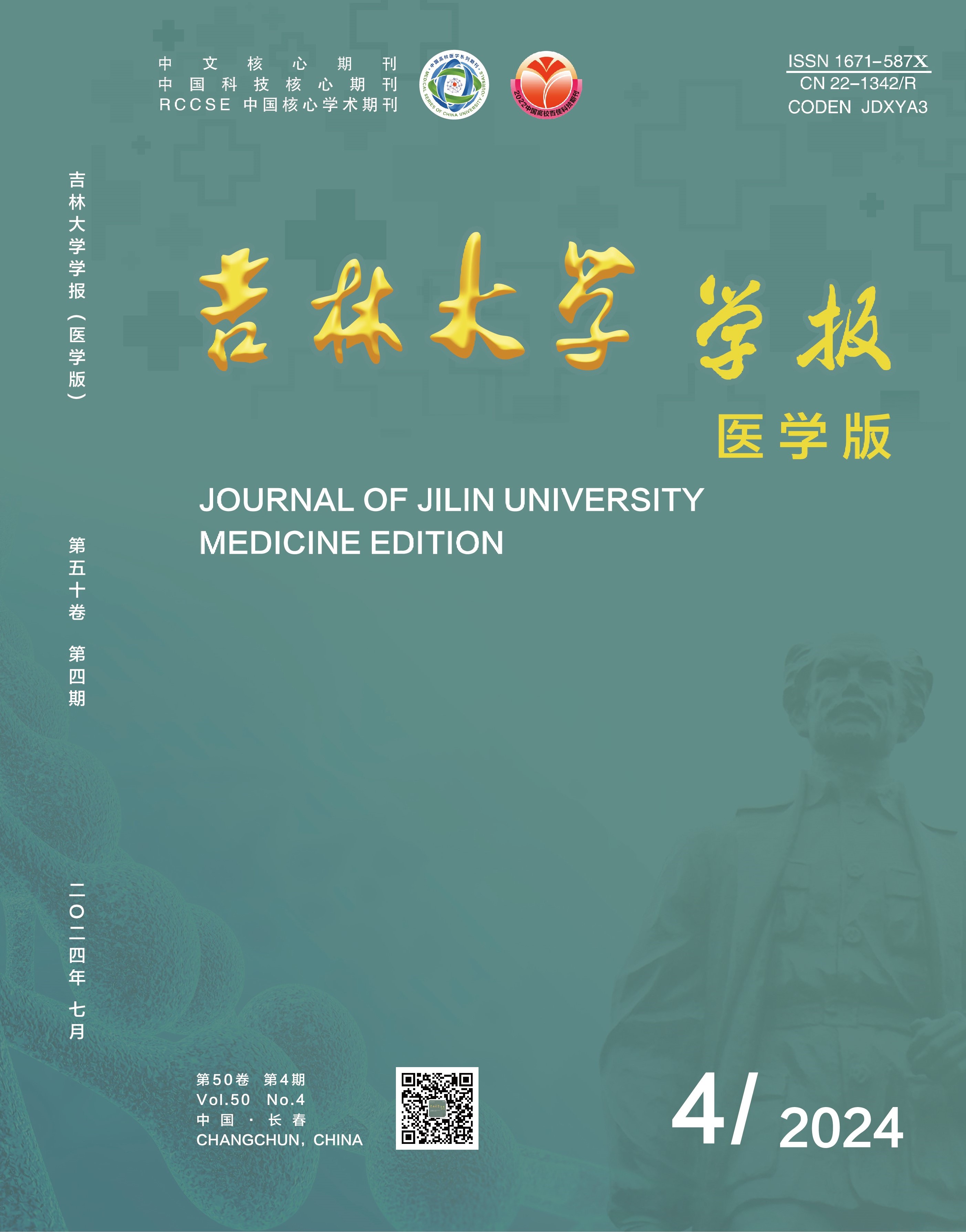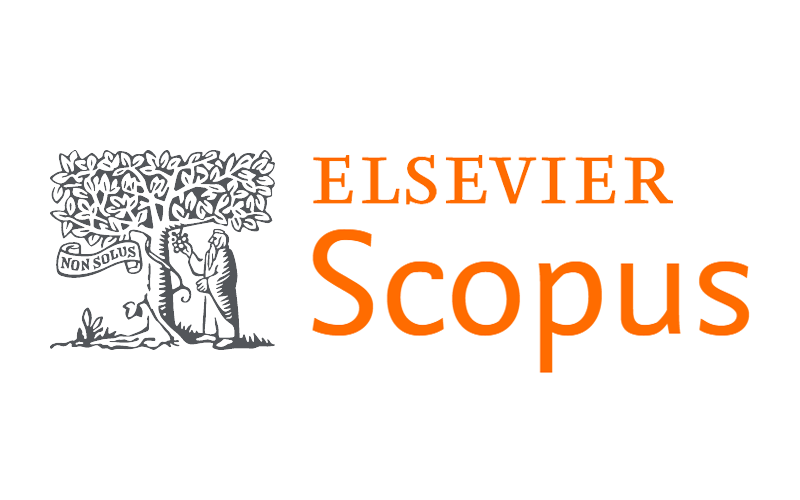Objective To discuss the improvement effect of uric acid (UA) on the postoperative cognitive dysfunction (POCD) in the mice anesthetized with isoflurane for a long duration, and to clarify its possible mechanism. Methods Twenty-four healthy male C57BL/6 mice were randomly divided into blank control group,anesthesia group, and UA group, and there were eight mice in each group. The mice in UA group were injected intraperitoneally with 200 μL UA solution daily for 2 d before anesthesia. The mice in blank control group and anesthesia group were given the same volume of saline; the mice in anesthesia group and UA group were used to prepare the models of long-duration isoflurane anesthesia, while the mice in blank control group were untreated. Y-maze tests was used to detect the alternation success rate, movement distances, and movement speeds of the mice in various groups; situational fear experiment was used to detect the percentages of freezing time; Western blotting method was used to detect the expression levels of interleukin (IL)-1β, IL-10, and mature brain-derived neurotrophic factor (mBDNF) proteins in hippocampus tissue of the mice in various groups. Results The Y-maze test results showed that compared with blank control group, the alternation success rate of the mice in anesthesia group was significantly decreased (P<0.01); compared with anesthesia group, the alternation success rate of the mice in UA group was significantly increased (P<0.01). The situational fear experiment results showed that compared with blank control group, the percentage of freezing time of the mice in anesthesia group was significantly decreased (P<0.01); compared with anesthesia group, the percentage of freezing time of the mice in UA group was significantly increased (P<0.05). The cued memory experiment resutls showed that there were no significant differences of the percentage of freezing time of the mice between various groups (P>0.05). The Western blotting results showed that compared with blank control group, the expression level of IL-1β protein in hippocampus tissue of the mice in anesthesia group was increased (P<0.01), while the expression levels of IL-10 and mBDNF proteins were decreased (P<0.01); compared with anesthesia group, the expression level of IL-1β protein in hippocampus tissue of the mice in UA group was decreased (P<0.05), and the expression levels of IL-10 and mBDNF proteins were increased (P<0.05 or P<0.01). Conclusion UA can improve the POCD in the mice, and its mechnasim may be related with its anti-inflammatory activity inhibiting the central inflammation and upregulating the mBDNF protein expression.

 Table of Content
Table of Content
 Guide to Authors
Guide to Authors


